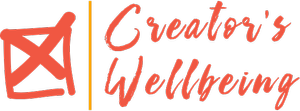Meet the Creators & Makers
January 2023
Meet Rachel Kannady...

Rachel is a mother of 5, a doctoral student, a program manager, a maker of many things including clothing, quilts, and she has even published a book titled "First, Engage!" Depression is no stranger to Rachel and she continues to live with it. You can find her on Instagram at: Kannady_Teaches
Q&A:
How would you describe your optimal creative environment?
Restorative, Quiet, Calm
Earliest creative memory? I remember sewing paper plates together to make bean plate rattles, and paper collaging.
How does creating help your mental health?
It's my therapy when I'm not in therapy. I've lived with different levels of depression throughout my life.
Do you allow yourself to make mistakes? Mistakes will always be my ministry, that's how we learn to be better sewists. Some of them are great mistakes, others I'm glad no one has seen.
What is procrastination? Analysis paralysis, when you're standing there and you haven't figured out what's next.
Encouragement for other creators? Keep trying, it doesn't have to be perfect, it doesn't even have to be seen by anyone else.
Meet "S" ...
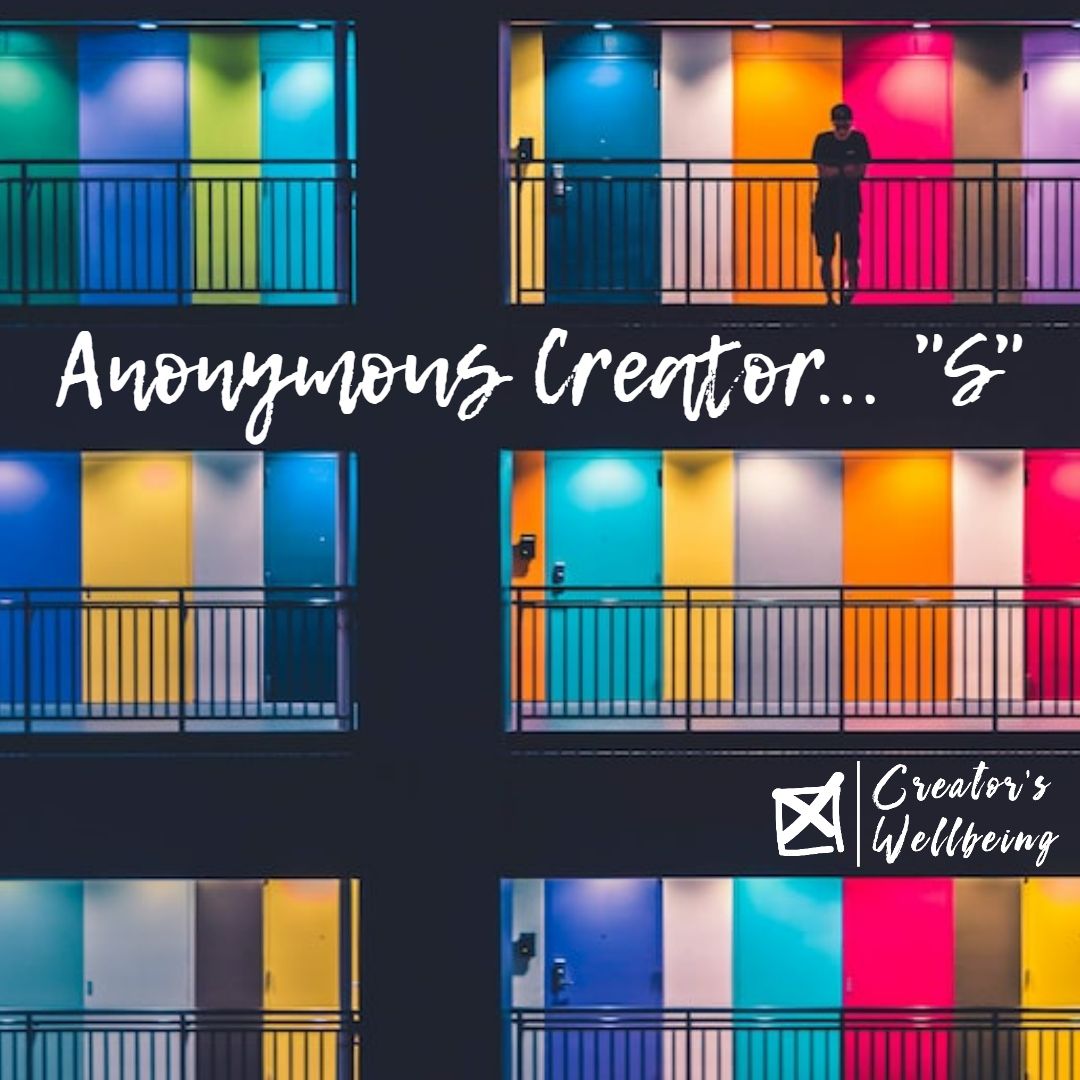
I also had the pleasure of speaking with "S." whom shall remain anonymous upon request. She agreed to share snip-its from our conversation.
S has been quilting since the age of 16, also enjoys collaging, and is now retired from a lifelong drive to not be pigeon-holed as a woman in a man's world. She reflected on how her creative outlets are a practice for wellbeing in which she can side-step ruminating thoughts, and find a flow in the process of making.
Q&A:
How does your creative process help your mental health?
With quilting, I grew up with a lot of rules and regulations. Improv [quilting and collaging] is permission to let go and allow self to explore. Collage didn't come with all that baggage. I could break the rules and make my own rules.
How do you get in the flow? I read a book in the '80's called "The Zone" ... in my work space I can let my ruminating thoughts melt away. I learned in lamaze class how to escape pain while going through cancer treatment. I focus on color, form, line... instead of the worlds problems. I seek to go to there.
What is creativity? My creativity is defined by the choices I’m making in what I want to do today. Improv is the practice of being in control of being out of control. Every piece you pick up is a little decision, improv becomes where you are [every moment].
Do you allow yourself to make mistakes? Mistakes are always defined by the individual, and you can choose to not define it as a mistake.
What inspires you? I read a lot of psychology human interaction blogs. I use my collage to express a thought, make a statement, to creatively express an idea without getting too hung up on it. My mother always said "busy hands, happy heart."
Words of wisdom for others?
If you're struggling emotionally, try collage, it may help. Give yourself permission to go to that happy place. It's ok to glue those two things together. I don’t make things to sell them, that objective changes everything.
Meet Jen MacIsaac...
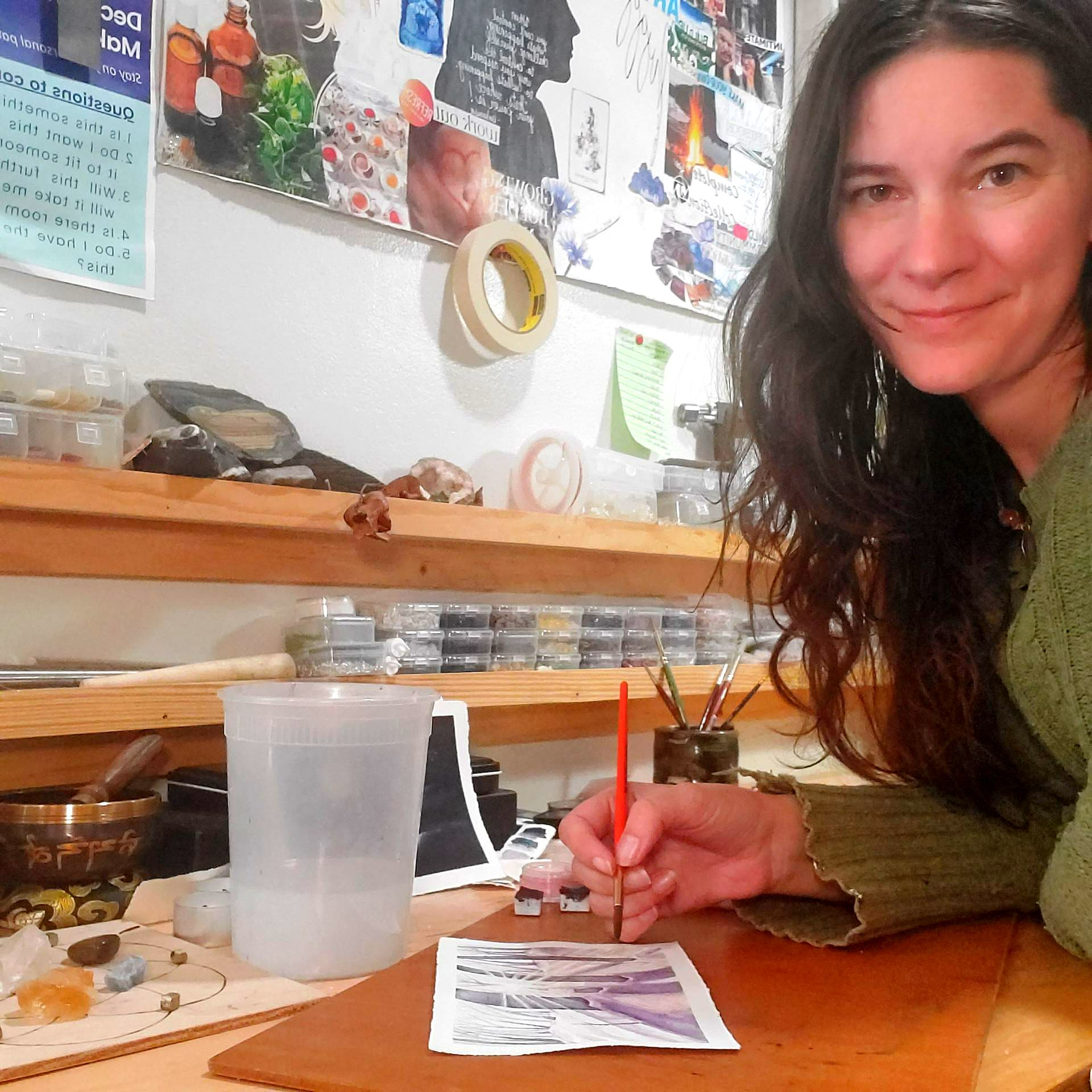
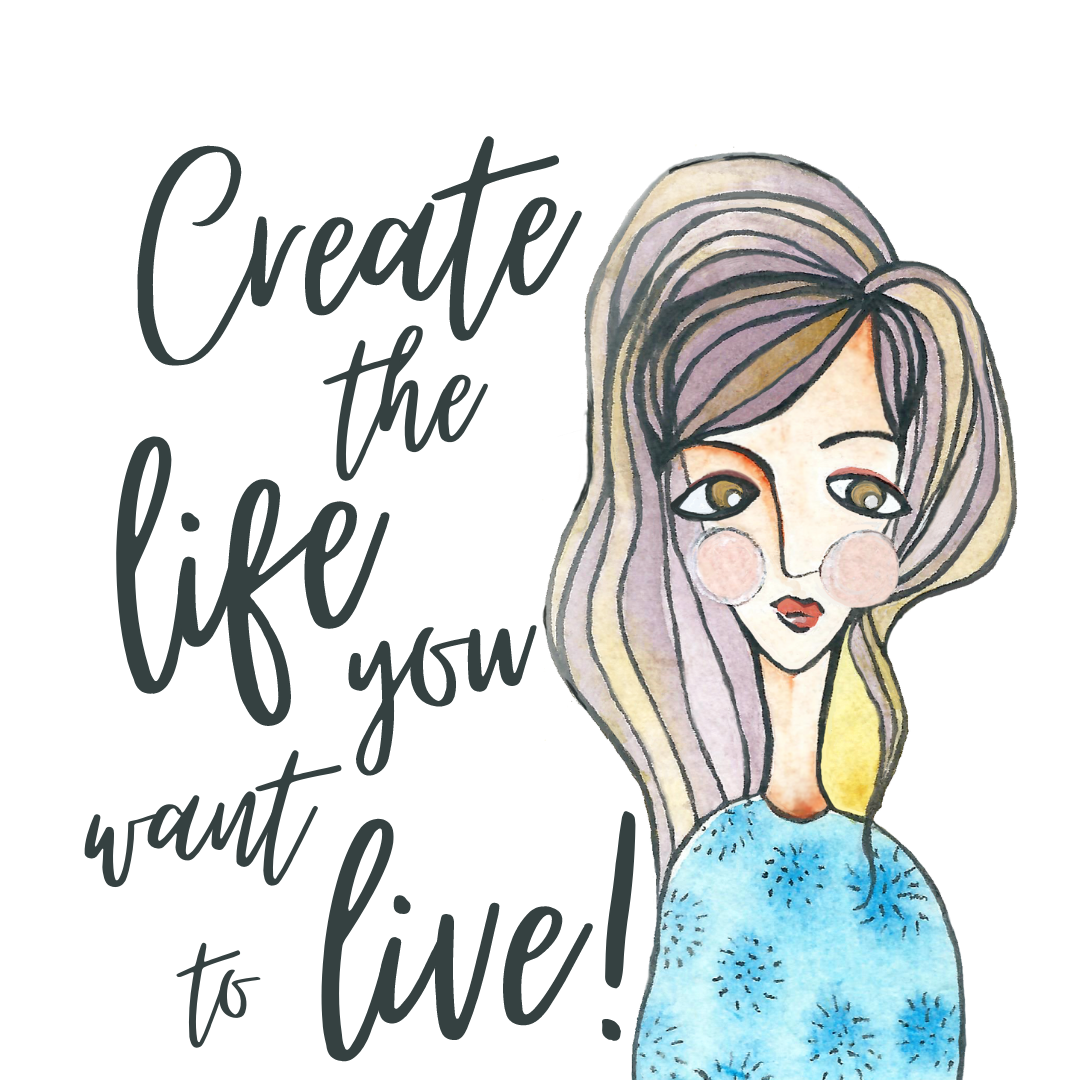
Jen is a creativity coach that works a lot with self connection and personal reflection through creative practices. She has published a
creative self care planner / journal that can be purchased on Amazon. Find out more about her here:
https://linktr.ee/j.macisaac. You can find her on IG
@creative_self_care
Q&A:
Jen's Motto:
Everyone is Creative! We are designed to create, it's our birthright, we have a compulsion to make, and it's part of being human.
What's ahead for 2023?
I'm reclaiming my joy and sharing what feels authentic to me, I'm not rushing. I'm focusing on my value of "making memories." I'm separating my artwork and income. I'm also writing a book.
How does your creative process help your mental health?
I live with anxiety and depression. The process of creating art can at times help to quiet and still my racing mind. It can help work though my anxiety and leave me feeling more calm and centered. At other times, it can help me process my thoughts and feelings allowing me to feel more connected to myself on a deeper level.
What does your inner kiddo look like?
I see her sitting at the table with her cousin Tommy, drawing comic book characters with color pencils and markers. I was so inspired by him. He was a big mental push for me to find where my creativity lead me, to find my passion.
Words of encouragement to share with the creators of the world?
Follow your curiosity. Be mindful. Don't compare yourself to others. Give yourself permission to make ugly art. Sit in process and avoid thinking about the outcome. Make an image of your "inner critic" and hang it up in your space so you can talk to it when it gets loud. Remember that stress is temporary. The magic happens in the act of doing it, not the end product.
Meet Caroline Storie...
Caroline is a Certified Creativity Coach that lives in Vancouver Island, Canada. She virtually welcomed me into her studio where the walls are ready for her next chapter in her creative journey. Before I could even get her to speak of herself, she was asking me about my passion. Feeling heard & understood is definitely a gift that she gives to her creative clients!
Q&A:
Where do we start?
The blocks are emotional. Creativity is a calling, a longing for personal expression, reflection. Calling it a hobby would hurt a bit. It anchors me, acknowledging that part of myself.
Where are you in your creative practice & process?
I'm trying to sit comfy in the arm chair of I don't know. Then I can cope when the feeling comes, listening and allowing, and I know. It's not easy to sit in. I've also emptied my space to prepare for an upcoming show, I don't know what I'll be sharing or putting on the walls yet.
Set the creative scene for me, how do you get started?
I make myself a pot of tea and go in. It's quiet. I'm being super gentle with myself. I pick up a book and flip through it and see what calls to me. I hear myself say 'why don't you go play with those two colors.' Where I am now, that's what's important.
How does your creativity help your mental health & wellbeing?
My creative practice helps me feel anchored in my day, but it's not the solution to the problem. When my mental health is struggling, I can't create, and I'm gentle with myself about it. When I'm creative, I know the foundations are back in place.
Words of encouragement for the creators and makers?
Take it easy on yourself. If it's sitting down and flipping through a book, it's flipping through a book. Whatever it is [that you're doing], its OK.
You can find Caroline on
IG @StitchedPicturesby and at her website (which is also in process) at
www.stitchedpictures.com
Meet Megan...
Megan is a slow-stitcher and self-identified "fledgling creative stepping into a new season of creativity." You can find her on IG @EmbodiedThreads.
Q&A:
What was it like growing up?
I grew up in a highly creative family. My mom was a disciplined creative and her art was a lot to live up to. My grandmother encouraged me to explore and would put my pictures on the refrigerator. I was encouraged to be creative.
Do you have an inner critic?
I was harsh with myself for a very long time. I tried to be a perfectionist. I had a burning desire to express myself and I felt like a failure with everything I tried. Panic and the inner critic doesn't saturate my creativity as much as it used to. I have left behind the attempts of mimicking the outcome of others.
How does your creativity help your mental health & wellbeing?
Mental health is super relevant to my creative practice. Being a big introvert with anxiety can be isolating. Slow stitch helped me sit with grief. I started it during the COVID pandemic. The running stitch unlinked my mind, it was immersive, it sets a pace. I found confidence in the abstract, freedom with unraveled edges, and vulnerability with tender, delicate bits [of fabric/thread]. There's a sturdiness in the layering.
Words of encouragement for the creators and makers?
It's ok to be messy. If it doesn't work, put it aside. I see a therapist to have the space to talk about and feel my feelings. It helps to be seen when I'm anxious and be able to tell someone how I feel. Therapy helps to excavate and delve in, to learn self soothing.
I like to ask myself "Can I sit with it and pivot?"
Meet Angie...
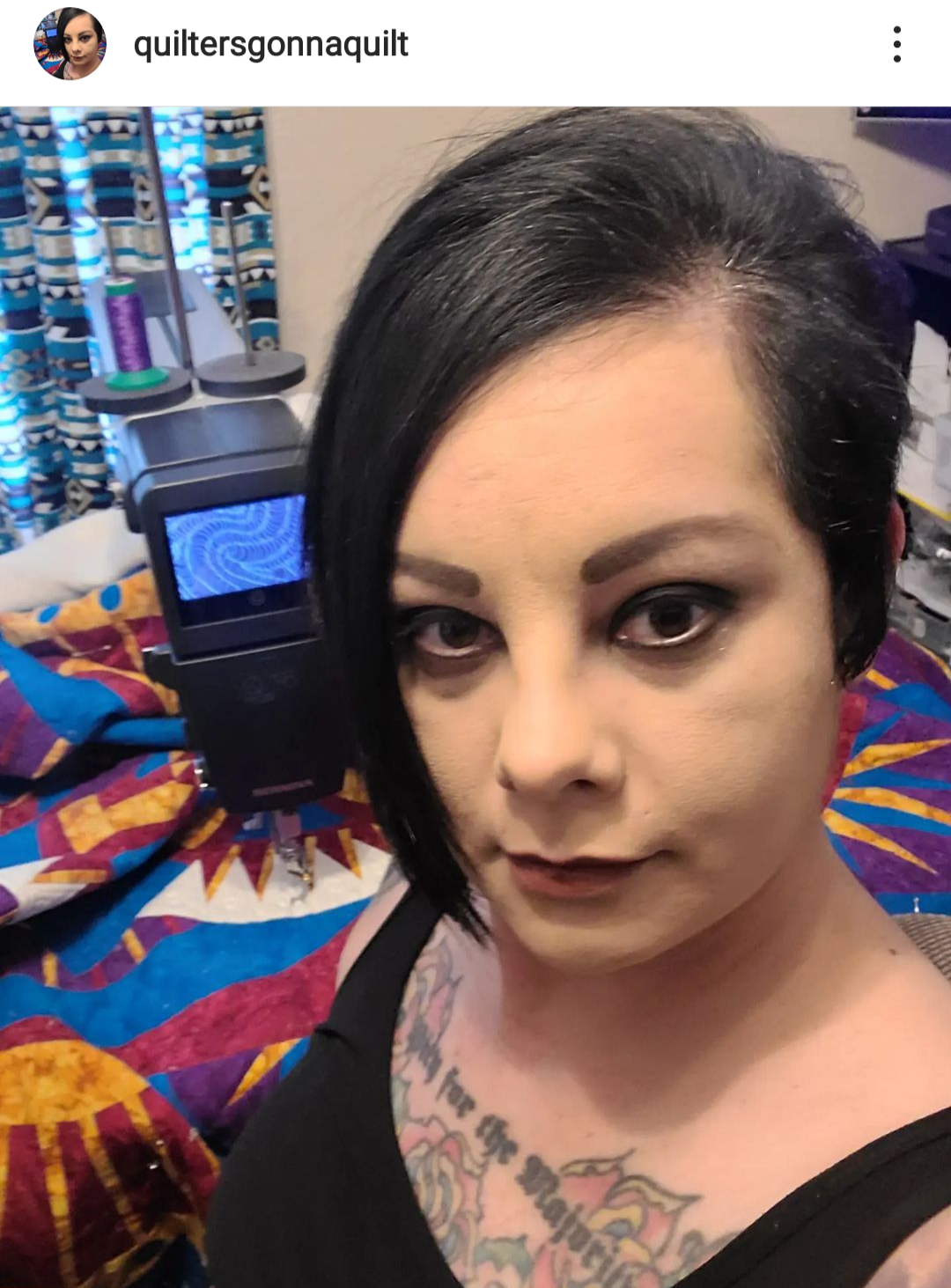
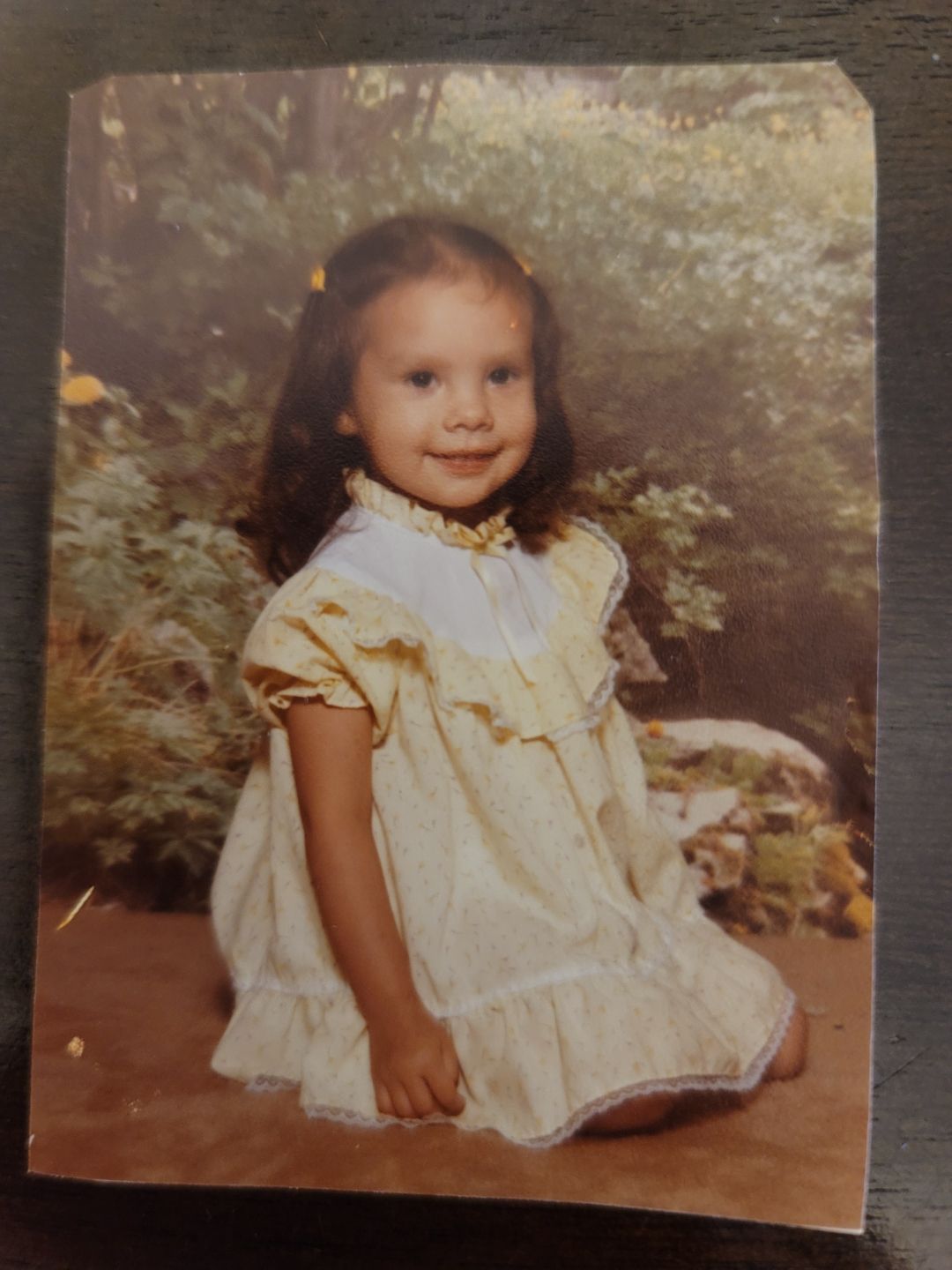
Angie is a Quilter & Microbiologist. Can you imagine what we talked about?
You can find her on IG @IndoorCatQuilts
Q&A:
When did you start creating?
My grandma taught me to sew as early as I can remember. She put a box under my foot to reach the pedal. I grew out of it and back into it when I started sewing masks for work due to COVID. I remember thinking I like this, I can do this.
What would you share about your childhood?
My family is full of alcoholism. I grew up with chronic anxiety. My life was chaos. I remember having a panic attack in the first grade. Finding creativity was a happy accident.
What was COVID lockdown like for you?
Covid got into my head! So much uncertainty, nothing made sense. I was in a mind loop/warp 24/7 for almost 2 years! Science teaches us to have a healthy amount of skepticism, I questioned everything! Getting back to quilting helped me focus on the moment, out of my head.
What are a few of your favorite things?
I'm gothy, it's where I fit in! Learning, audio books, skulls, Alexander Henry's fabric, QuiltWorx patterns, Mended Hearts quilt shop in Ellsworth, IA. I've been listening to Invincible by Pat Benatar.
What does your inner child look like?
Big curly hair, wearing prairie-style dresses made by my grandma. I grew up in the 80s. My mom said I had a very unique way of dressing, I was wild. I had a sensory issue and couldn't handle feeling seams so I didn't wear jeans for a long time.
Words of encouragement for other creatives?
You get to choose who you're around and what you do for yourself. Find something you like and just try it. Go for it, it's ok if you mess it up [and if you choose to fix it].
Angie and I spoke candidly about what it was like growing up in a family of alcoholism, and what it means to cope. She recently finished reading Adult Children of Alcoholics -and- Unprotected (by Billy Porter). If you or someone you know lived with alcoholism, check out www.AdultChildren.org. Thanks for your truth Angie!
I met up with Josh at his studio in Des Moines, IA after seeing his work at Mainframe Studio's First Friday event. We talked about the psychological nature of his work, how he landed in his studio, and what lead him to sharing his work with the world. I couldn't leave without purchasing a piece that stirred me up.
What lead you to Mainframe Studios?
I was an architectural drafter, but shifted 8 years ago to be a full-time self-employed artist, doing occasional architectural illustration work. I joined Toastmasters to get past my fear of public speaking, and it went from there. That's when I decided to begin sharing my art outside of my inner circle and got a studio.
What obstacles do you face?
My brain ramps up very easily. I'm always trying to find the next big breakthrough. I don't think I'll ever be fully satisfied with it. I get obsessed about things sometimes.
What's your aspiration?
I use my paintings to battle negativity, search for the positive, and capture the light and color in the world. I've lived with depression since I was a kid. I see the color in the painting as positivity being absorbed into the person.
Words of encouragement?
If you want it, ... pursue it.
